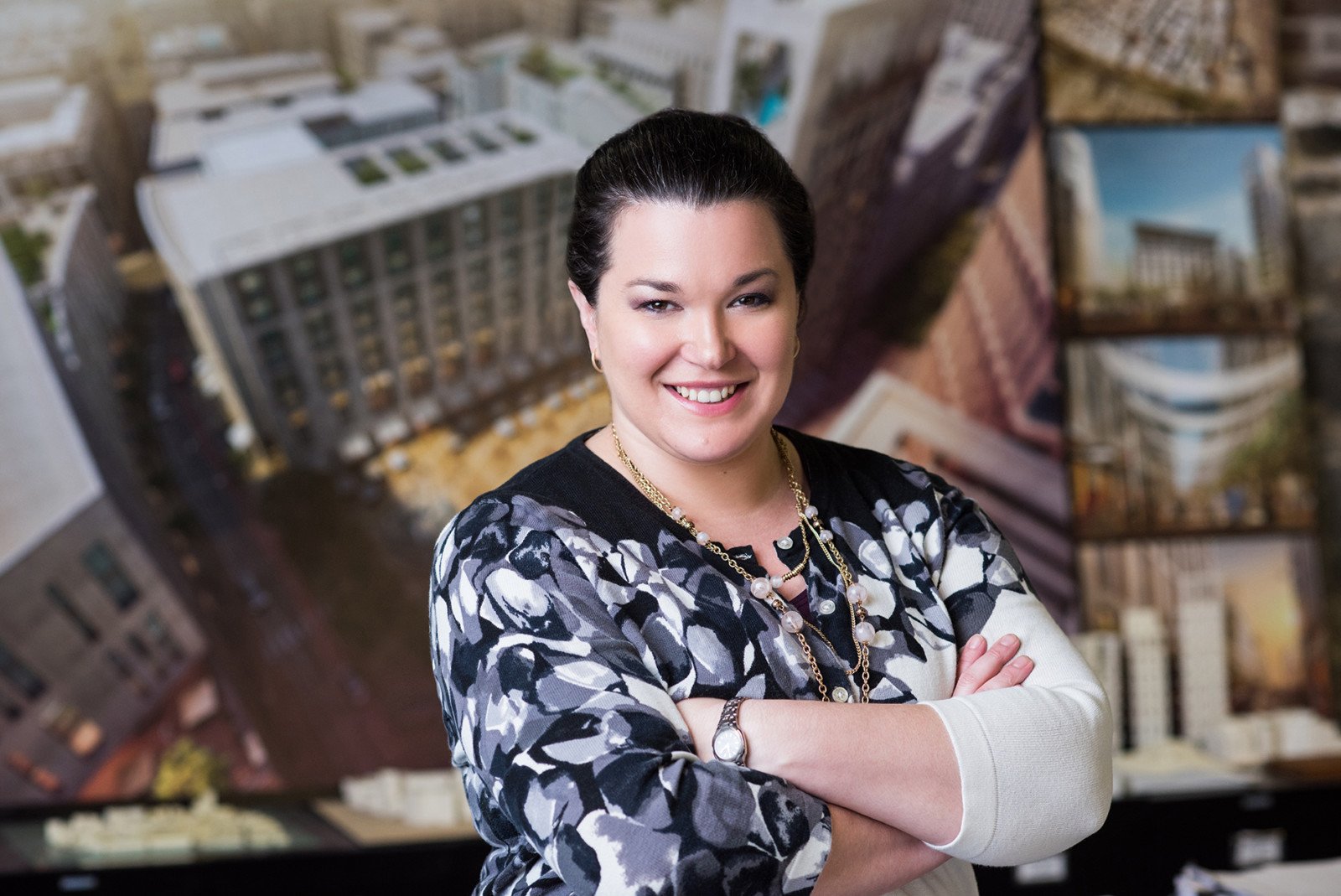Anica Landreneau, director of sustainable design at HOK, authored an article for GreenBiz about the potential impact of the aggressive new climate bill recently passed in Washington, D.C.
Excerpted from GreenBiz:
The notion of a Green New Deal has been around for a while. Thomas Friedman coined the phrase in 2007, and Green Party candidate Jill Stein campaigned on it back in 2012. Today, the idea seems to have gained traction in Congress. But the Green New Deal that has been the subject of hot debate, championed by freshman U.S. Representative Alexandria Ocasio-Cortez (D-NY), is shockingly light on detail. It is aspirational—more of an introduction to a policy paper that will set the agenda for the 116th Congress to focus and (perhaps) deliver meaningful policy by 2020.
Meanwhile, the city that is home to the U.S. Capitol Building where this still-nebulous plan is being explored recently passed a very real new deal: aggressive, practical legislation to combat climate change. The new law will have a broad impact on the built environment in Washington, D.C., and your city could be next.
As someone who lives and works in Washington and devotes my career to greening buildings, I believe Jan. 18, 2019—the day Mayor Muriel Bowser signed the landmark Clean Energy DC Omnibus Act of 2018—will be a turning point in urban building policy as we know it. Full disclosure: I may be biased. I’m a member of the district’s Green Building Advisory Committee that helped develop the action plan that led to this bill, and I provided testimony for it in two city council hearings.
Highlights of the new climate law include a mandate for Washington to move its entire electricity supply to renewable energy sources within the next 13 years. By 2032, the nation’s capital also intends to phase in the country’s first 100 percent renewable portfolio standard for building energy use and cut greenhouse gas emissions in half. By 2045, all the city’s public transportation and fleet vehicles should be switched over to electric or another zero-emission technology. Looking even further ahead, Bowser has pledged to make the district carbon neutral by 2050.
As a resident, I’m pleased that Washington, which in 2017 became the world’s first LEED Platinum city, will continue to be a model for other cities seeking to initiate progressive, local-level changes to create more sustainable places.
As an architect, I’m thrilled to see the first legislation in our country’s history targeting the performance of existing buildings. The ripple effect on Washington’s building owners and operators—as well as our entire architecture, engineering and construction (AEC) community—will be dramatic.
